Colombian Renaissance
«Colombia? Are you serious? Blockchain conference? Is it dangerous?,» my Moscow friends were asking me once I told them about the upcoming trip. Maybe I was acting somewhat light-headedly, but I turned a deaf ear to them, and there was a strong internal confidence that everything will go just fine. My intuition didn’t fail me. But only after upon arrival I started analyzing the real situation in the country.
We arrived in Bogota early in the morning and took a cab from the airport to our hotel. The second part of the Congress I’ve been participating (and speaking at) as a part of KICKICO team had began. Our Latam representative Sasha Ivanova moved from Colombia to Argentina five years ago after spending several years in the country. That is why her reaction was illustrative enough: through the taxi windows, she saw way more good looking cars compared to her departure, new malls and no lines in front of shops and banking branches.
Five years ago Colombia was very close to Argentina in terms of little availability of international closing brands and household appliances. ATMs were crowded with people trying to withdraw cash, and plastic cards were hardly accepted anywhere. These days, even ApplePay is widely presented. By the way, Sasha bought her new iPhone here in Colombia, since all fresh models were presented with a reasonable price tag.
Bogota’s modern architecture strikes you is a good way: the buildings are nicely looking, soundly structure and surrounded by harmonic landscape design.
What caused this radical change? On May 15, 2012 an agreement between the USA and Colombia came into effect freeing most of the goods and services from bilateral trading charges. I have no idea about real or hidden reasons behind this, but the measure worked in favor of consumer abundance, that’s for sure.
Not more than 10 years back Bogota streets were fairly unsafe, with regular kidnapping and street gunshots taking place here and there. Now the city looks like a peaceful modern metropolis. It meets you with an eclectic mix of antique districts in colonial style, and new shiny skyscrapers and condominiums. Small and medium businesses are developing fast, and there is no shortage of cafes and restaurants, both homely and luxury. Local and international cuisines are offered with good selection and at affordable prices, compared to Argentina.
Today Colombia leads the continent in terms of GDP growth rate, despite it is still number four in size. Over 2012-2017, yearly it appreciated by 4-6%, slowing to 2.9-3.0% this year, according to OECD estimate. The country exports oil and emeralds, and makes a nice cut on tourists (Cartagena is a big sea resort, and a deep-water port on the Caribbean coast). But the most interesting fact is that Colombia is Latam IT Mecca habiting the most qualified programmers and developers. It is also the home to biggest blockchain media, like Diario Bitcoin and Cripto al día.
The next evening during a gala-dinner concluding the Congress, I had some talks with my casuals neighbors – they were two girls and a boy, all relatives (siblings with their cousin). It appeared that the all were deeply involved with crypt, doing mining operations, altcoin investments and even investment advisory in the field.
It got me wondering, what could be the reasons of this fast IT boom. The country is still way behind on education, there are no strong government universities, and private ones cost a real fortune (and that is why young Colombians often go to study in Argentina with its free education system).
My question, where do you find programmers, after all, was answered as follows: “Life in our country is an everyday fight with problems. We face an endless stray of living difficulties, and one has to fight hundreds of small thing out of government bodies. Nothing here is done simply; you have to find your way with necessary people. All this trains you brain to thinks systematically. Furthermore, we have fast internet, and that is why most young people are self educating themselves, and programming looks like the most obvious choice to them.”
After the third glass of fine Malbec was gone, my new acquaintances told me their story: they found out about Bitcoin in 2011, and stuck to the idea immediately. They lived in Antiocia, a small village not far from the area where military actions had taken place just before that. Their friend and relatives looked at them like they were crazy. What else could they say about “bitcoin” those days? Is it another investment is virtual online gaming?, they said. But the family started mining and later buying crypto currencies. One of the girls sold some of her jewelry and personal stuff to buy more of BTC. Needless to say, all three of them are millionaires now.
And now they are interested in using new technologies to improve regular people’s life. We discussed business applications of Bitcoin, cross-border investments and fundamentals of the new economy.
During the conference, is was stated more than once that blockchan will be as good as any base for the country’s upcoming presidential elections. Can’t guess if this is a reasonable dream, but such proposals are sounded by many local businessmen, and this promises a lot. And, by the way, businessmen were the main attendees of the Congress. Many of them already have working project, and not all of them are ICO-targeted, some are simply working blockchain based operations. So, the market here came to an understanding that ICO is not essential.
The country’s most loud ICO initiative, BananaPapa, looks fun enough – banana backed tokens… why not? In the end of the day, this is a perfect utility token to give an example to my children students in crypto economics classes..
Overall, Colombia looks like a promising entrance point to develop relationships with Latin America. It is true that the country hasn’t won corruption and bureaucratic indifference. And coca jungles last endlessly to the west from Bogota (and cocaine production is back to its record highs again). But all-in-all, the country is far different from what we used to think of it, watching TV series about drug trafficking and criminal cartels.
It has all basic conditions in place to form and develop the professional community; there is visible interest for education in blockchain and good understanding of how this education may be launched and structures. Finally, there is sufficient middle class in Colombia, and most people here speak good English.
But the key ingredient is people who are highly motivated, don’t put their hopes into the government’s hands, and feel ready to accept responsibility for building new reality and their future.
The only thing left me discouraged: climate. Fourteen degreed Cesium all year around mixed with a non-stop rain – this is too bad for being a routine. Please add some volatility to the temperature charts, and better go green, not red, guys.
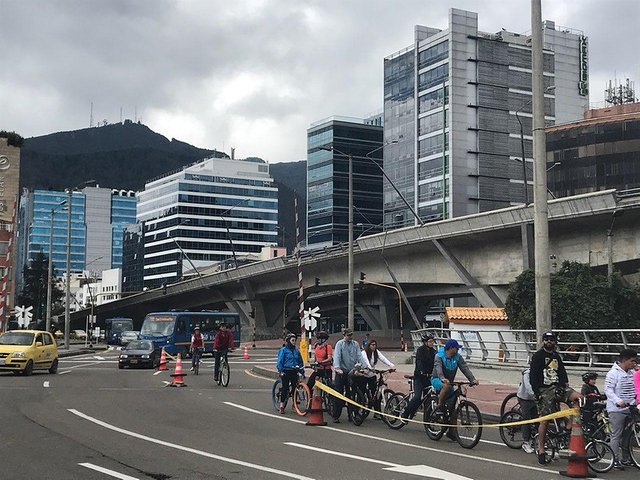
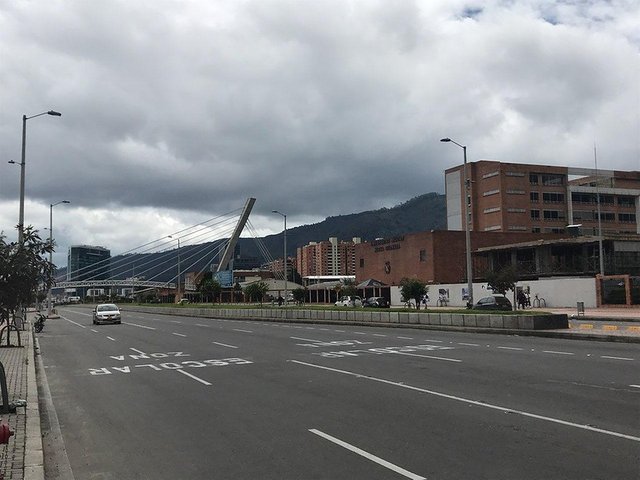
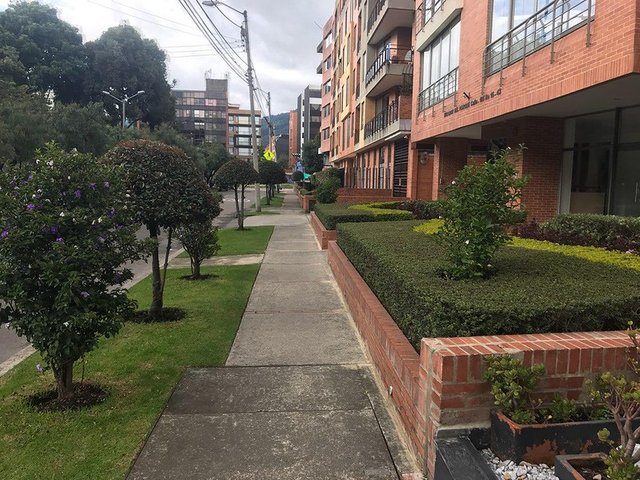
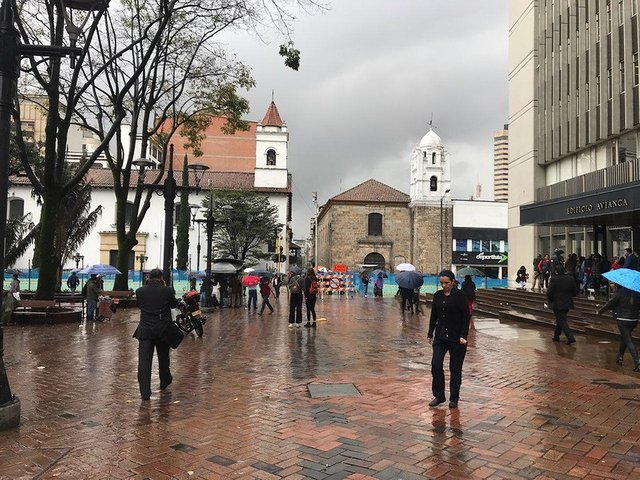
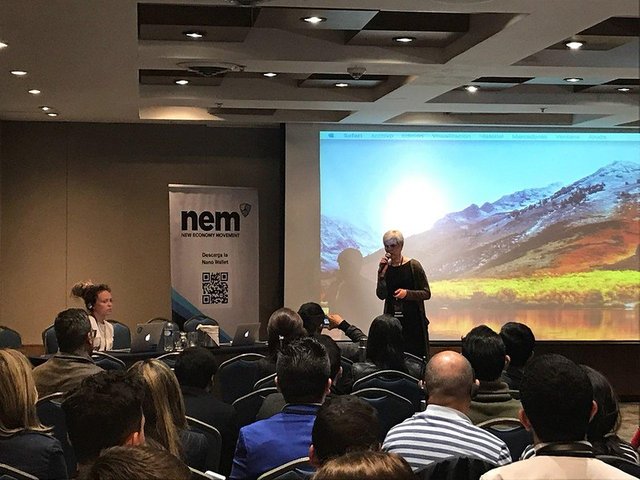
Interesting :-) I can see from them pictures that the city has changed a lot since the times I'd been living there. And for the better.
yes, my friends told me the same
Спасибо, София. Очень интересная статья. Подписался на вас. По поводу продвижения и взаимоподдержки зайдите в группу РУССКИЙ STEEMIT в telegram. Там в закрепленном сообщение можно почитать.
Спасибо! Только, я так поняла, там можно предлагать только посты, написанные с использованием русского языка, а у меня тут только английский и испанский планируются...
Нет. Можно писать и на английском. Там в закрепленном сообщении почитайте про паровозик
Да? Спасибо!
Thanks for this report about the economy of Colombia, and how the people are embracing cryptocurrency and programming.
I am learning about KICKICO and BananaPapa from the link you provided. I think the date for the ICO might be in error though:
Maybe that should be changed to April 2018? I am looking at the English version of the website: https://bananapapa.com/en/
Also in English sites, we use a period (.) in numbers, so
would be
The cost of 1 pack of Banana Papa weighing 70gr (2.47oz) is $0.40!
The site is good and informative but I thought I would point out those small things since you are on the KICKICO team. :)
Finally, welcome to Steemit! It's great to have you here! I saw you over on Golos and followed you there and saw your link to your blog here. Now I follow you here as well. I wish you all the best! :)
Dear kenny-crane, thank you for your warm reply :) I hope to dig deeper into Colombian crypt, as well as into other LatAm countries — their economies' both traditional and digital parts. So, feel free to follow, read, discuss and, most importantly, hit me with ideas and points of interest! What do you want to know about? What picks your interest? As regards to BananaPapa, I'll do my best to pass the knowledge to the project's team, yet it is definitely run on a stand-alone basis, and guys in KICKICO do not edit ourselves web sites of the projects that have domiciled their campaigns on KICK's platform :)